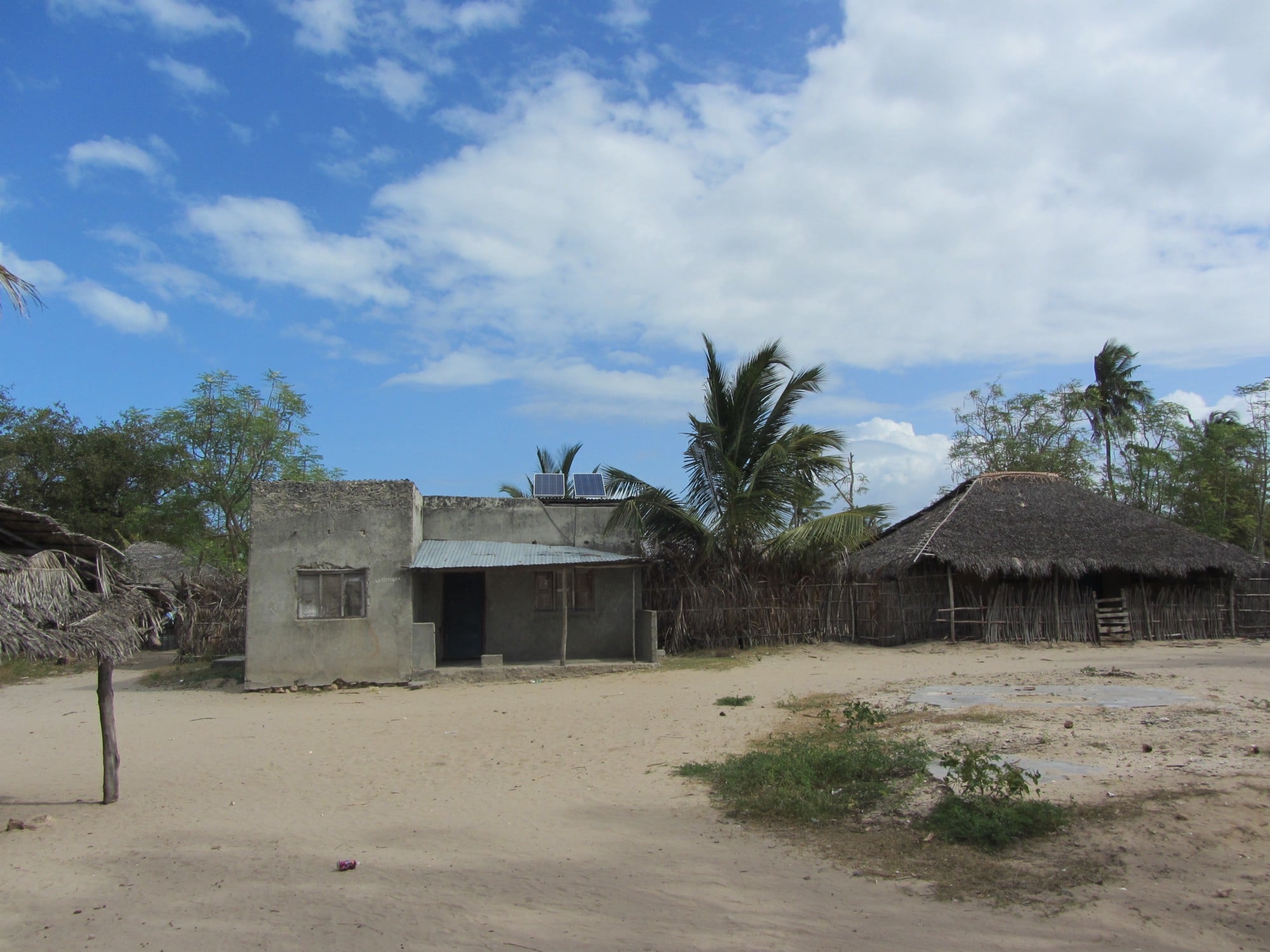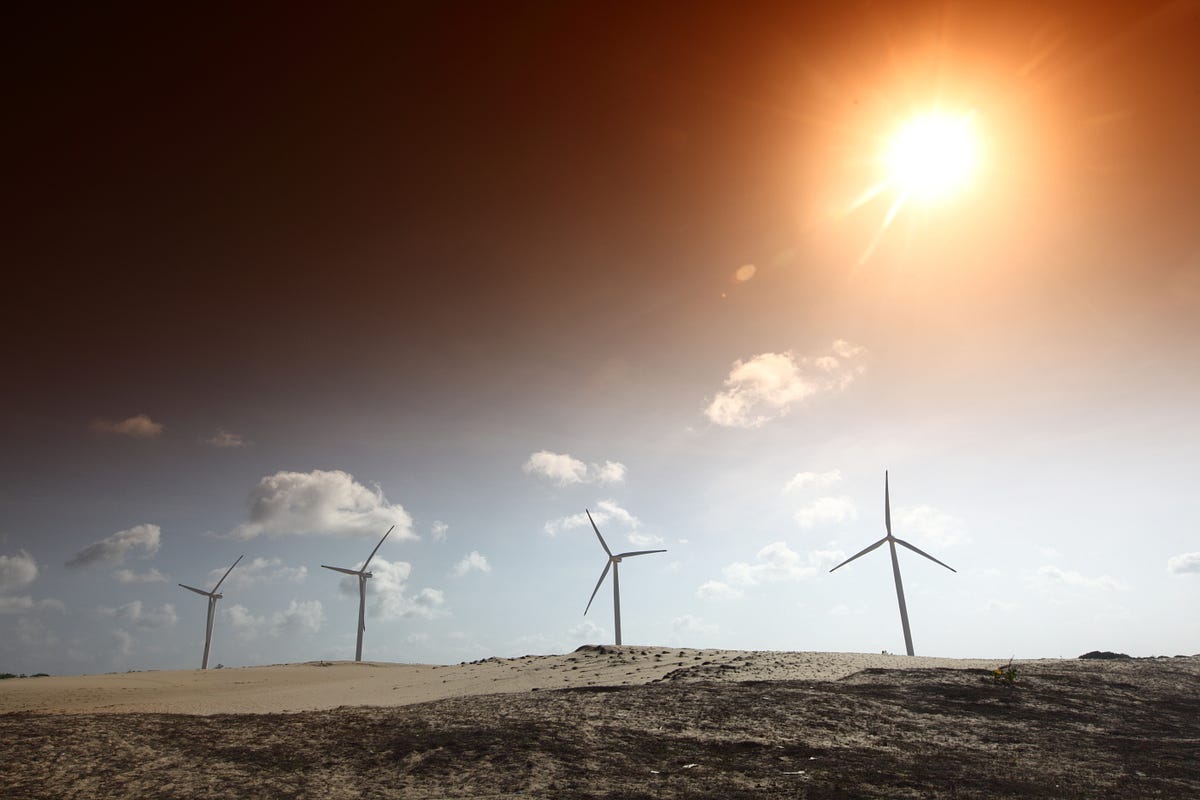- Blog
- Sustainable Economic Systems
- International Sustainable Finance
- 4 ways Power Africa can better achieve its energy access goal
4 ways Power Africa can better achieve its energy access goal
by Kate DeAngelis, International Policy Analyst

Donate Now!
Your contribution will benefit Friends of the Earth.
Stay Informed
Thanks for your interest in Friends of the Earth. You can find information about us and get in touch the following ways:
More than two-thirds of the population in sub-Saharan Africa lacks electricity, with that figure growing to more than 85 percent in rural areas. In an attempt to address this dearth of energy access, President Obama initiated Power Africa in 2013. The interagency initiative has the goals of increasing access to electricity by adding 60 million electricity connections and 30 gigawatts of “new and cleaner” power generation by 2030. Three years into the project, it is apparent which aspects are making progress in improving access to electricity in sub-Saharan Africa and which need to be improved.
To that end, Friends of the Earth has released the first in a series of briefings that explores ways to improve energy access through United States policies and initiatives, particularly regarding distributed renewable energy. Based on interviews with over 27 agency officials, consultants, and practitioners, as well as desk research, “Power Africa & Energy Access — Analysis of U.S. Government Agency Policies and Financing” illuminates what roles the U.S. agencies implementing Power Africa are playing and how they can more effectively improve energy access.
Improving access to affordable energy in environmentally and developmentally sound ways that benefit local communities is challenging. Ill-conceived power projects can displace local communities and pollute the air and water, very often with devastating impacts on health and already limited water resources. Also, fossil fuel projects exacerbate climate change, which will especially hurt already vulnerable, poorer communities, thus harming the very people that Power Africa seeks to help. Moreover, if Power Africa fails to put at least equal emphasis on power distribution and access as it does on generation, then its goal of 60 million new electricity connections is very unlikely to be reached. Distributed renewable energy systems are needed to reach rural communities, not large centralized power plants that mainly help industry and already-connected households. Equally important is a focus on affordability, as even when large centralized projects reach communities, the price to connect is often too high.

Distributed renewables instead of large centralized projects
Over and over again U.S. government agencies argue that, while decentralized can be a small piece of the plan, only large centralized projects can provide the megawatts needed to meet the 30-gigawatt goal. As demonstrated in the briefing, the problem with this logic is that it focuses on the wrong metric and the wrong beneficiaries. Sure, if your goal is to provide power for foreign companies involved in industrial projects that provide little local benefit except perhaps to wealthier urban users, centralized fossil fuels are the ticket. But if you want to provide affordable access to the rural poor, then smaller distributed renewable systems will reach rural communities faster and provide cheaper electricity in most cases. Instead of worrying about gigawatts, Power Africa should focus on the number of new connections, especially those made in poor, rural communities. In fact, Friends of the Earth recommends dropping the megawatt goal altogether.
Power Africa needs to stop approaching energy the way that the U.S. has for the past 100 years. Similar to the way mobile phones leapfrogged over landlines in Africa, the same can happen with electricity. Limited international resources shouldn’t be directed toward old polluting technologies, such as the Cap des Biches heavy fuel oil power plant in Senegal that the Overseas Private Investment Corporation (OPIC) is currently financing. Internalizing the external impacts of these types of energy projects would steer Power Africa more toward distributed renewable energy projects like the OPIC-financed off-grid solar Nova Lumos project in Nigeria and the U.S. African Development Foundation-financed micro-grid wind project in Ethiopia.

Financing at the early stages of a project
Banks are risk-averse and often avoid financing unfamiliar projects. Mini- and off-grid projects, unfortunately, tend to fall into this category. It can, therefore, be difficult for distributed renewable projects to get off the ground. Even though they can be just as risky, and in many ways are more so, banks would prefer to finance large fossil fuel power plants. Power Africa can step in to help de-risk mini- and off-grid projects with much-needed public financing and early project-stage technical support.
The U.S.-Africa Clean Energy Finance initiative (ACEF) has provided proof of concept. ACEF has proven to be effective at preparing off-grid projects in their infancy so that they are then ready to receive larger streams of financing. Power Africa should provide increased financing for feasibility studies, technical assistance, pilot projects and other support during these incubation stages.

Cooperation among different agencies
One of the benefits of Power Africa is that it forces agencies to coordinate their work and combine different areas of expertise. Speaking from personal experience, it is not unusual to be in a meeting with a government entity who has no knowledge of what another agency is doing. Inter-agency efforts, such as ACEF, demonstrate the importance of various agencies working together to support energy access solutions. Increasing these efforts will only improve the efficacy of Power Africa’s financing.
Further, it is imperative that Power Africa remain a presidential initiative in the next administration. This higher level of focus and pressure helps force agencies to break out of their silos and coordinate their efforts. This coordination is especially beneficial to mini- and off-grid projects as they require the expertise and experience of different agencies. For example, the U.S. Trade and Development Agency has experience with preparing projects, while the Overseas Private Investment Corporation has experience with financing innovative technologies.

Promising projects, but major changes still needed
Power Africa has some promising projects and initiatives, such as ACEF and U.S. African Development Foundation’s Off-Grid Challenge, which are encouraging agencies to coordinate their efforts and provide much-needed support for distributed renewable projects. At the same time, Power Africa as a whole remains much too focused on megawatts added, rather than on reaching the rural and urban poor communities most in need of electricity. By shifting focus and ditching the megawatt goal, Power Africa can move away from centralized fossil fuel projects toward mini- and off-grid renewables to reach the poor rural and urban communities that it aims to connect.
Read the full brief here.
